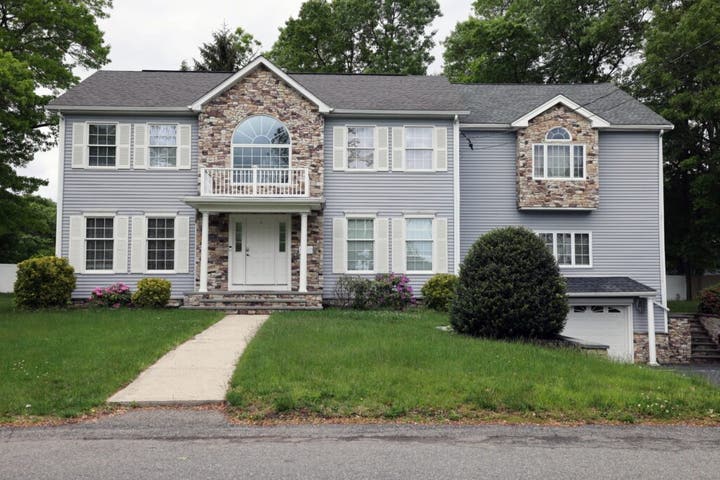B
enzinga and Yahoo Finance may receive commissions from the links below. A Princeton Journal of Public and International Affairs study shows that after the 2008 crash, policy and market changes enabled institutional investors to convert former owner‑occupied homes into rentals. This shift, rooted in foreclosure‑era bulk sales, has driven rent inflation and worsened living conditions for many tenants, who become “unwilling subjects of financialization.” The paper traces how REITs and listed real‑estate operating companies (REOCs) rapidly entered residential markets, offering investors diversified, liquid assets while turning houses into income streams. In 2012, the Federal Housing Finance Agency’s REO pilot sold Fannie Mae foreclosures to investors on the condition they be rented for a set period, effectively reclassifying repossessed homes from suburban blight into a profitable asset class, as geographer Desiree Fields notes.
For renters seeking to build wealth on their own terms, a practical strategy is to keep living expenses separate from investment activities. Instead of tying a household balance sheet to a single owner‑occupied property, many investors channel surplus cash into professionally managed, income‑producing real‑estate vehicles that provide transparent reporting and regular distributions. This approach offers passive income without the maintenance, vacancy, and concentration risks of owning a single roof.
Recent headlines include a Jeff Bezos‑backed fund targeting a 7‑9 % yield with monthly dividends, prompting questions about its appeal. Warren Buffett famously said, “If you don’t find a way to make money while you sleep, you will work until you die.” Platforms now allow individuals to start with as little as $100, and advisers can model cash‑flow scenarios and risk profiles. The goal is to participate in real‑estate cash flow while avoiding the pitfalls of direct ownership.
The post‑crisis real‑estate landscape is well documented. Quantitative easing flooded capital, banks tightened lending, and nimble non‑bank players seized the opportunity. Private equity and asset managers bought distressed properties in bulk across Sun‑Belt markets such as Phoenix, Las Vegas, Atlanta, the Carolinas, and Florida. Early firms upgraded homes to attract higher‑income tenants; later, smaller investors targeted affordable units, upgrading older properties and expanding exposure to lower‑income renters.













